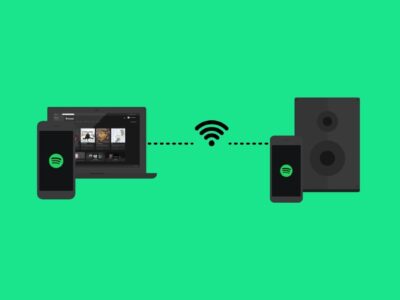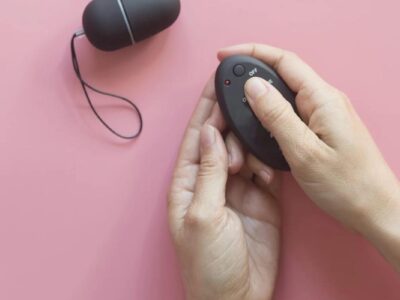10 Parts of the Body can be completely Replaced
Humans are creatures actually very fragile. Most organs of the human body is not capable of self-renewal. Imagine if somehow we get the properties regeneration of the body parts, then that would be the magic in medicine. We can change the lives of many people with disabilities. For a long time scientists have been actively researching the field of regenerating body parts. Here are 10 body parts can now be replaced completely, thanks to technology and medicine.
1.Ultra-sensitive electronic skin
The skin is the largest organ of the human body. It directly protects us from microbes and constitute the first defense line of the body. Normal skin is the first organ the body vulnerable to injury. Zhenan Baohas, Stanford University, has been studying in the field of synthetic leather and has succeeded in making ultra-sensitive material peppers can be used instead of the skin flap and graft skin to cover skin hurt. This material possesses an elastic layer, making it possible elasticity. It has the transistors and solar cells help maintain elasticity and functional shape.
2.Heartbeat in vitro
Scientists have been studying stem cells to produce heart cells in a long time. Recently they had a breakthrough when they were able to produce heart tissue is capable of beating. A team of University of Pittsburgh scientists use stem cells from the skin as the primary precursor cells to form tissues.
3.Prosthetic has the ability to sense touch
Many people already know about artificial prostheses available on the market today. We have the ability to grip objects, but does not have the ability to sense when touching objects. Scientists from the University of Chicago has a solution for this problem. They have been hand fabricated fake can send electrical signals to the brain and tactile sense. Experiments on monkeys for good results. The new technology will soon be available in all kinds of artificial prostheses.
4. Foot-controlled Prosthetics
Prosthetics are often used by people with disabilities have the drawback that they do not have the neural connections with the body. This makes users really difficult to go back. Currently the scientists were able to develop prosthetics controlled by thought. Zac Vawter, in the United States, became the first to have been repeat type bionic prostheses can read signals from the brain and moved accordingly.
5. Brain elves
Austrian scientists have created in the brain similar to 9-week-old fetus. This tiny brains the size of a pea. Currently we do not have the ability to think. The main obstacle on the path of the brain grows is a lack of blood supply. Surely you’re wondering whether this tiny brains can benefit if they can not think. Yes, we will help scientists study the brain pathology.
6. Ear in 3-D
Large skin flap portion forming the visible outer ear is called ear. The main components of the ear is cartilage. The scientists came up with the idea “in the ear” with the help of a 3D printer. They used cells from mice and cows have the ability to produce collagen. These cells must be placed on the “mold” the human ear is created by 3D printers. It takes just under an hour to create such an ears.
7. Nose smell the disease
Scientists from the University of Illinois researchers have fabricated an artificial nose to recognize the smell of bacteria from them and diagnose specific diseases. The result does not really match the shape of the nose, but it smell bacteria and its dot changes color to identify the bacteria.
8.Artificial Pancreas
Pancreatic purpose is to produce insulin in the body. You can ask people with diabetes about the importance of this agency, because people have to take care of diabetes blood sugar carefully by introducing insulin from the outside. The pancreas makes life bnhan created by diabetics because it’s much easier to blood insulin pump automatically. Devices like insulin pumps, but with additional features conditioned blood sugar and insulin levels throughout the day. It has the ability to adjust automatically according to blood glucose levels.
9.Artificial Eye
When the blind, the signals from the light sensitive cells to the brain is lost. The retina in the eye responsible for processing information from the light sensitive cells to the brain. The function of the retina no longer available. Researchers at Weill Cornell Medical College have created artificial retina chip can transfer ownership of electronic signals into light. They have been successfully tested on mice. Visibility of the mice was restored.
10.Finger digital file storage
Professionals programming Finns Jalava has built a fake finger can store 2 GB Digital. Fingers can be plugged directly into the computer. The entire finger can be removed out of hand. Jalava also want to take a step further with wireless support. So, this finger basically functions as a flash drive can be removed as you like.






